Discover the Unique Flavors of Ankake Udon: A Festive Dish from Sakata
May 10,2016
Discover the Unique Flavors of Ankake Udon: A Festive Dish from Sakata
May 10,2016
In this irregular series, food culture researcher Kiyoshi Aya describes the local delicacies and ways of life she has encountered in different places throughout Japan.

Sakata is a small port city in the Shonai district on the Sea of Japan side of Yamagata prefecture. Kiyoshi, in this piece, relates the story of ankake-udon, a quintessential part of this region’s famed Sakata Festival.
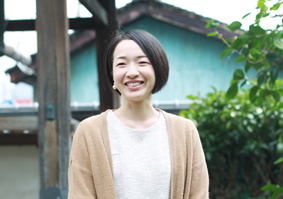
The Shonai Plain, where Sakata is located, is nestled among the three mountains of Dewa (Mt. Haguro, Mt. Gassan, and Mt. Yudono). Due to its advantageous setting, Sakata was a very prosperous port during the Edo period (1603 to 1868), when merchants grew wealthy from the thriving maritime trade along the kitamae-bune route in the Sea of Japan. Among the merchant houses, the Honma clan was said to be the richest in Japan, and stories persist today that the family had more wealth and influence than daimyo feudal lords. All kinds of goods were brought to the area through trade, among which sugar was an extremely valuable commodity.
“Ankake-udon has been passed down for generations in Sakata and has a distinctive sweetness. The udon noodles are topped with kawamasu [masu salmon] and boiled egg, over which a thick starchy sauce is poured.” The unmistakable sweetness of the starchy sauce and the soy sauce flavor remind one of the sauce of mitarashi dango [rice flour dumplings covered with a sweet soy sauce glaze].
“I believe that in the Edo period, the thick, exquisitely sweet starchy sauce was a sign of prosperity for the Sakata merchant houses, who had the means to obtain precious commodities like sugar and kudzu starch from kitamae-bune cargo ships. They felt that the more starchy sauce used, the more luxurious the dish, so they all poured on lots of starchy sauce.”
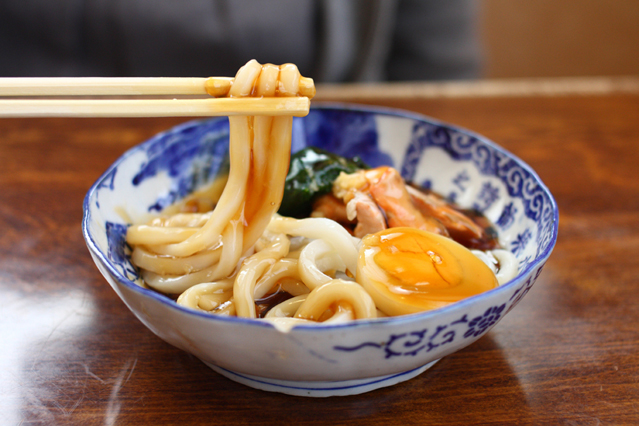
Somen noodles are sometimes used in place of udon
Like salmon, kawamasu, also known as sakuramasu [cherry trout], hatch in rivers and then travel to the sea as they grow, only returning to the river to spawn. The fish swimming up the Mogami River, Aka River, and other rivers in spring are called kawamasu. These fish are popular among the locals for their delicious taste, despite their high price owing to the small catches.
This is why ankake-udon, which uses sugar, kudzu starch, eggs, and kawamasu, has been loved for centuries as a truly extravagant dish.
“The Sakata Festival is famous for its parade of huge red and black shishi gashira [literally, lion heads] and other festival floats, and ankake-udon is an indispensable part of the May festival. It is a local seasonal delicacy that older people make and eat at home and that line the supermarket shelves. Unfortunately, it seems that fewer and fewer younger people eat the dish today, but it still remains a dish that represents the area.”
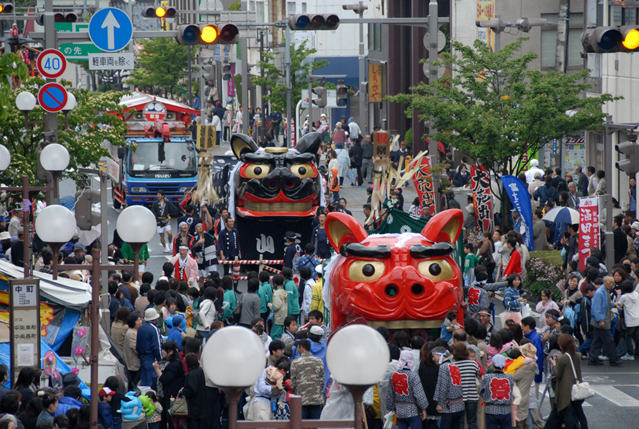 The Sakata Festival, an annual festival at the Hie Shrine, draws crowds of sightseers
The Sakata Festival, an annual festival at the Hie Shrine, draws crowds of sightseers
“Besides ankake-udon, another festival staple is tamago kanten [egg agar]. It is made by mixing sugar, soy sauce, and egg in with agar jelly and letting it harden. In Hokuriku and other regions, it goes by such names as berobero or ebisu. This is another sweet dish, so many people have it like a snack.”
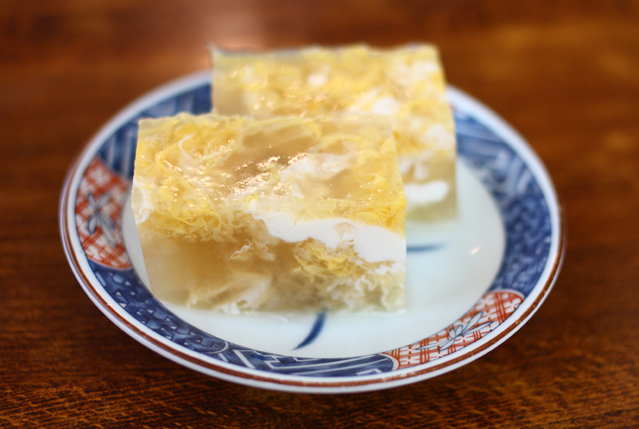 Along with ankake-udon, tamago kanten is a Sakata Festival fixture
Along with ankake-udon, tamago kanten is a Sakata Festival fixture
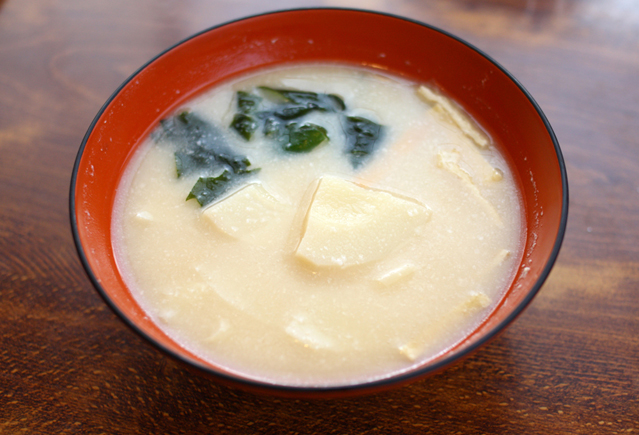
 Moso-jiru, a seasonal flavor (top)
Moso-jiru, a seasonal flavor (top)
Sasamaki from Sakata (left) and sasamaki from Tsuruoka (right), which has a caramel color from being simmered in soup froth
“Shonai is a treasure trove of delicious tastes. If you visit during the festival season, you can enjoy moso-jiru [moso bamboo soup] all over the place. The soup is made with moso-dake bamboo shoots that are soft and have little bitterness, and its rich umami from saké lees is addictive. Another spring tradition in Shonai is sasamaki, a sweet made of glutinous rice wrapped in a bamboo leaf and drizzled with brown sugar syrup. It’s fun to compare its taste with the sasamaki in neighboring Tsuruoka, where the sweets are simmered in soup froth.”
An early summer trip to explore the historic towns and culture of Shonai while savoring the local delicacies is sure to bring many interesting discoveries.

food culture researcher
food culture researcher
food culture researcher and Secretary of the Research Division at the National Council for Washoku Culture
Born in Osaka prefecture, Kiyoshi is involved in researching traditional regional Japanese cuisine and the dietary habits in fishing and farming communities as well as writing and giving lectures about local foods.
Recent publications include Washoku Techo [Washoku Handbook] (co-author, published by Shibunkaku), Furusato no Tabemono [Hometown Food] (Washoku Culture Booklet No. 8) (co-author, published by Shibunkaku), and Shoku no Chizu [Maps of Food], Third Edition (published by Teikoku-Shoin).